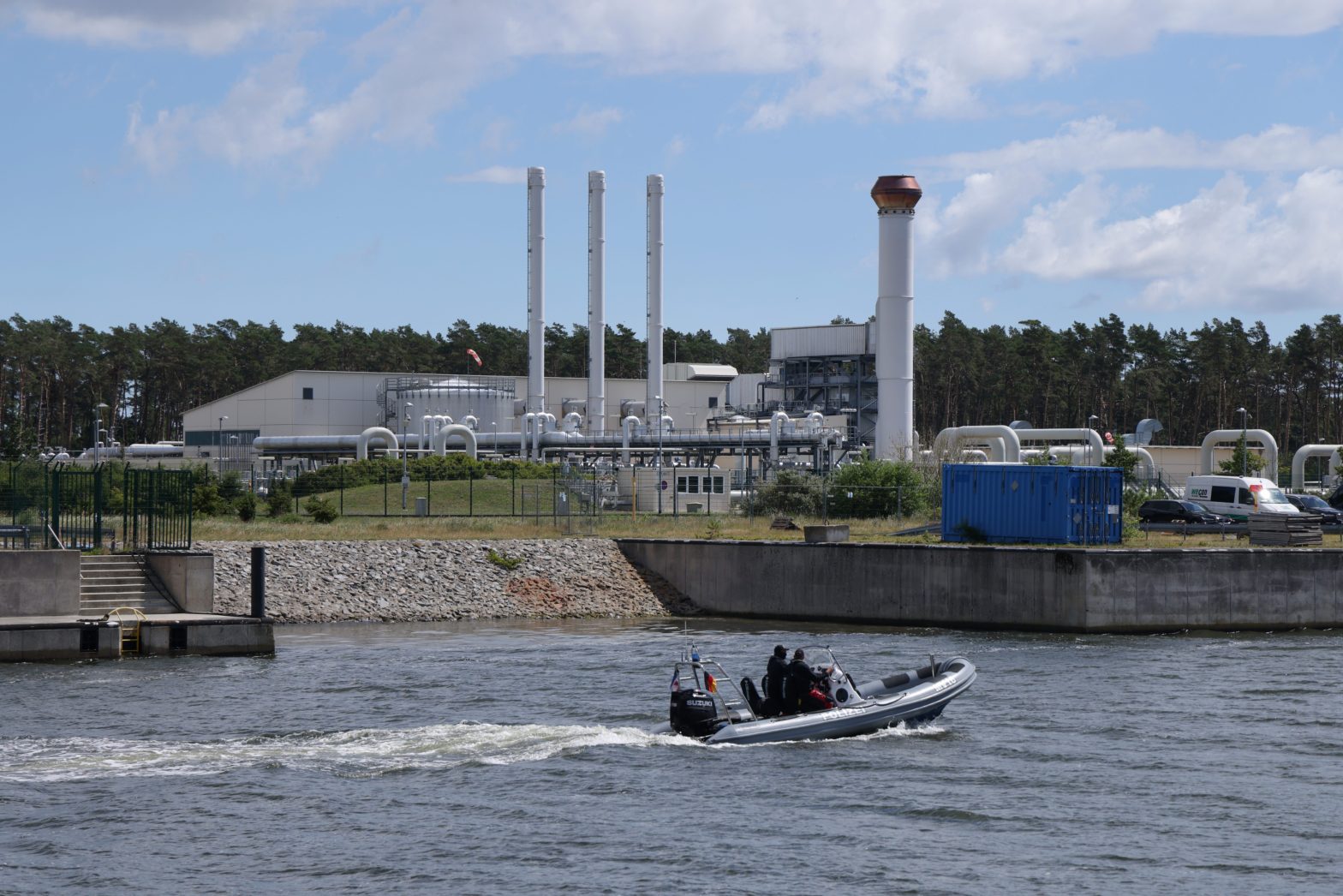Russia has stoked up Europe’s energy crisis by cutting the capacity of the Nord Stream 1 pipeline to 20% But the continent also receives gas supplies from Azerbaijan, North Africa, and the North Sea. Many countries also import gas by ship, with it traveling through liquefied natural gas ports. Loading Something is loading.
Russia is choking off Europe’s natural gas supply in a bid to hit back against western sanctions.
It cut the capacity of the Nord Stream 1 pipeline to Germany to just 20% last month, contributing to the continent’s energy crisis.
Key gas benchmarks have soared since the start of June, with TTF Dutch natural gas futures surging 129% to 194 euros ($198) per-megawatt-hour.
“European gas prices are soaring again, approaching record highs, as a result of Nord Stream 1 flows falling to just 20% of capacity due to ongoing maintenance,” Rystad energy analyst Karolina Siemieniuk said in a recent research note. “If Russian flows halt entirely, which is not out of the question, prices will skyrocket further.”
But Nord Stream 1 isn’t the only pipeline that provides Europe with its natural gas.
Gas fields in Azerbaijan, the North Sea, and northern Africa are also key sources of energy for the continent.
Many European countries also import liquefied natural gas by ship – and the US now sends more super-cooled gas by boat than Russia does by pipeline.
Russia has the capacity to ship gas to Germany at a rate of 1.76 million GigaWatt hours a day, according to the European Network of Transmission System Operators for Gas. Key routes include the Gazela pipeline, which runs through the Czech Republic, and the Yamal-Europe pipeline that runs from Western Siberia to Germany.
But the European Union has also worked on initiatives to reduce its dependency on Russian gas. The Trans-Anatolian and Trans Adriatic pipelines, finished in 2018 and 2020 respectively, supply gas from Azerbaijan’s Shah Deniz gas field to Greece, Italy, and Turkey.
The EU also imports gas from the North Sea gas fields, which are the territory of Norway and the UK. Belgium, France, Germany, the Netherlands, and Ireland all receive gas via networks including Europipe-II and the Forties pipeline system.
Lastly, Italy and Spain both import gas from key northern African sites including the Algerian natural gas hub of Hassi R’Mel.
Deal icon An icon in the shape of a lightning bolt. Keep reading
More: MI Exclusive Markets Weekend BI UK Europe energy crisis Chevron icon It indicates an expandable section or menu, or sometimes previous / next navigation options.
